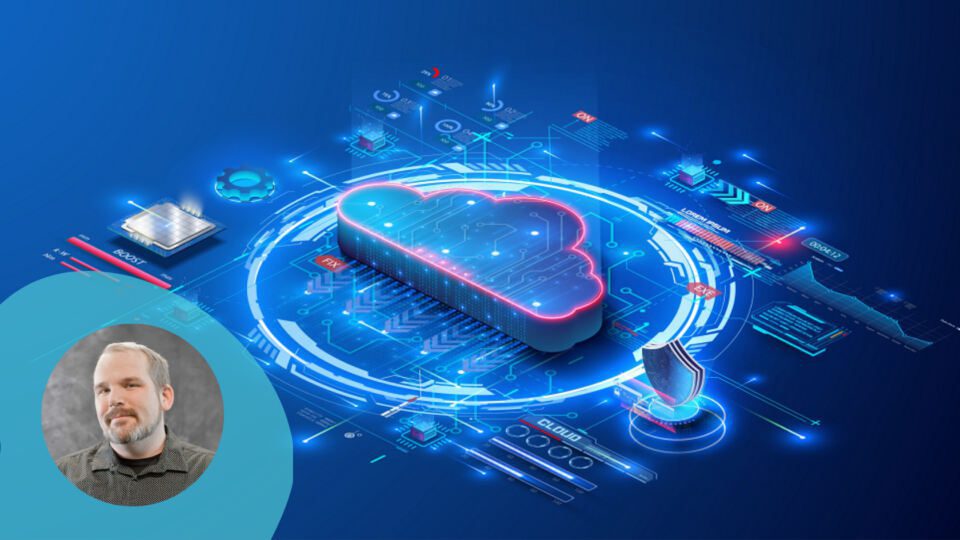During the first six months of 2021, the FBI’s Internet Crime Complaint Center (IC3) reported more than 2,000 ransomware complaints, resulting in nearly $17M in losses — a 62% year-over-year increase. In addition to strong endpoint protection, the best way retailers can minimize the damage from ransomware (and other malware attacks) is by having a strong backup and disaster recovery (DR) plan in place to recover from attacks that successfully encrypt data.
Without a robust backup and DR strategy, the fallout from an attack could bankrupt a company or damage brand reputation for years. Retailers are an attractive target for threat actors looking to steal credit card data or skim off purchases. A successful ransomware attack means lost sales while applications are down, costs for investigation, remediation and insurance, reputational damage and long-term customer loss. In a 2020 Arcserve report around ransomware and consumer loyalty, 59% of customers said they wouldn’t do business with an organization that experienced a cybersecurity attack in the last six months.
Being able to restore their systems to a recent backup prevents organizations from having to make a hard choice between paying the ransom or losing their data. Not only will a strong business continuity and disaster recovery plan maintain business operations in the event of a breach, but it can also help save a brand’s reputation and keep customers happy and loyal.
Fortunately, retail is one of the more innovative industries when it comes to digital transformation and use of the cloud (due in part to steep competition from cloud-native ecommerce sites and startups). Today’s consumers expect services such as frictionless payments, mobile shopping and buy now, pay later, and retailers are listening: In a recent Comcast Business study surveying more than 200 retail IT executives, 43% reported digital business growth as their number one priority going forward.
Running backup and disaster recovery in the cloud is a great option for most retailers. It provides easy scalability and flexibility as workloads grow and can provide greater resilience by housing backups in a separate region from production workloads. It also can easily follow data sovereignty laws and regulations and allows businesses to embark on their digital transformation journey right away.
In addition to all these benefits, it decreases costs in most situations. Users will only need to pay for the minimum resources needed to replicate data to the cloud-based backup server most of the time, and then “turn it up” when needed. It also removes the cost of buying hardware, various data center costs, and the salaries of the employees needed to manage and update a physical backup server. Further information on general principles of resiliency as it relates to high availability and disaster recovery (HA/DR) can be found here.
Even with retailers’ push for digital transformation, many backup and DR programs at enterprises older than 10 years stay “stuck” on-premises because their ERP systems or custom, long-running business-critical applications (like point-of-sale systems) were written for on-premises server hardware. Software written for the IBM i or AIX operating system for IBM Power servers cannot be migrated to the cloud without rewriting them (these servers use a different chipset and network architecture). Rewriting 15- or 20-year-old software that the business depends on, especially if it’s been customized heavily, is more risk than most IT teams want to take on.
But recent developments now allow retailers to use cloud-based backups and DR without this risk. Specialized solutions now allow IBM Power applications to run ‘as-is’ in the public cloud. Retailers can set up backup servers for even these “cloud stubborn” IBM Power applications in the cloud to take advantage of the benefits detailed above.
All in all, the cloud provides a cost-effective, flexible, secure option for backups and disaster recovery and can help mitigate the impact of a ransomware attack and ensure business continuity. With retailers continuing to be prime targets for ransomware and the high stakes of a successful attack, I urge retail IT teams to seriously evaluate their backup and DR program and assess if the cloud is a good fit for them.
Matthew Romero is the Technical Product Evangelist at Skytap, the leading cloud service to run IBM Power and x86 workloads natively in the public cloud. Romero has extensive expertise supporting and creating technical content for cloud technologies, Microsoft Azure in particular. He spent nine years at 3Sharp and Indigo Slate managing corporate IT services and building technical demos, and before that spent four years at Microsoft as a program and lab manager in the Server and Tools Business unit.




